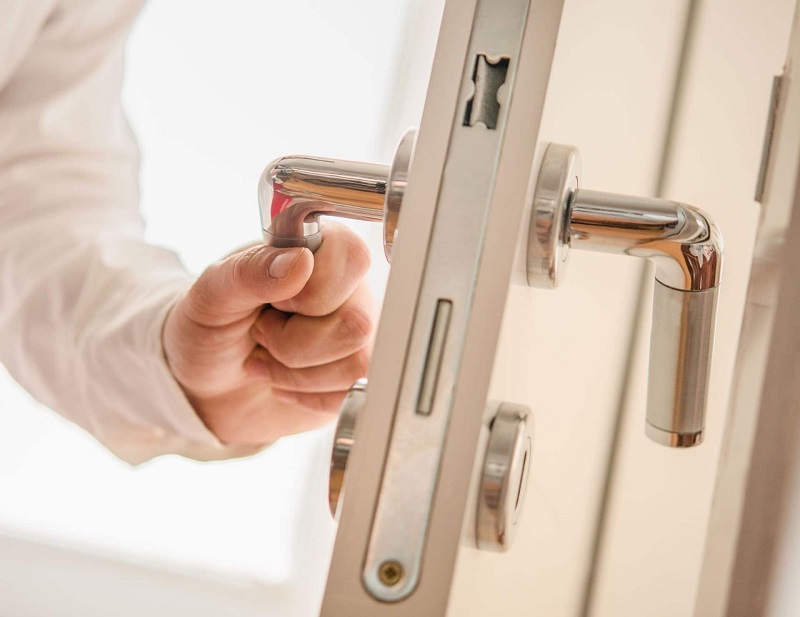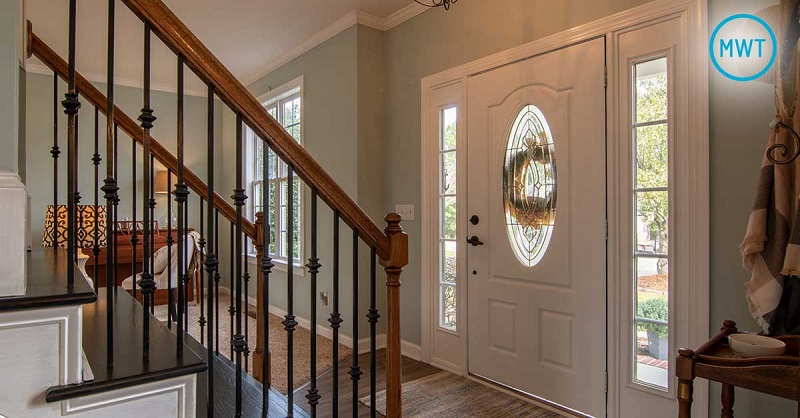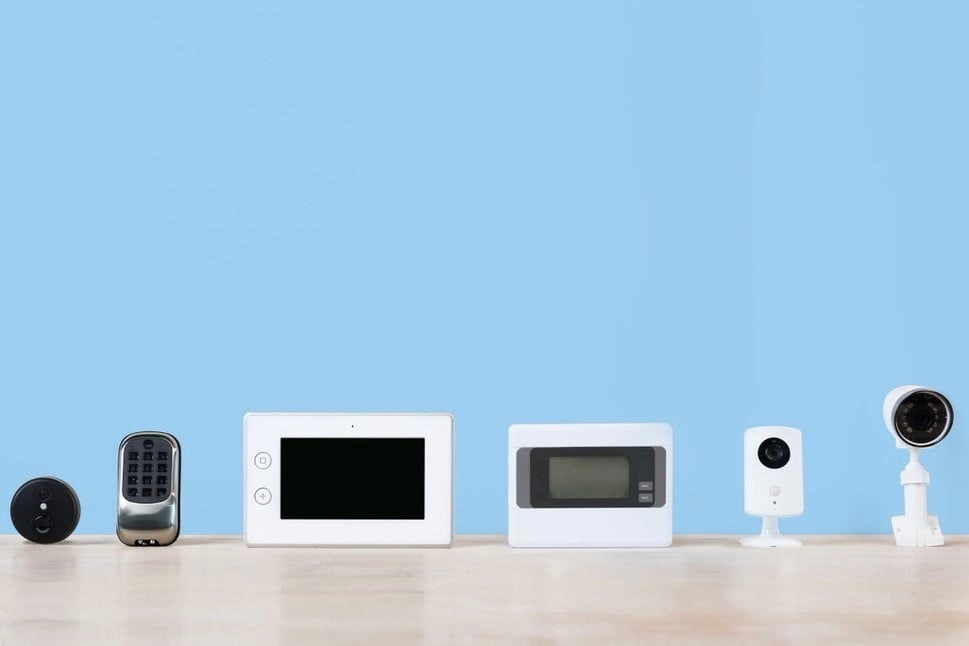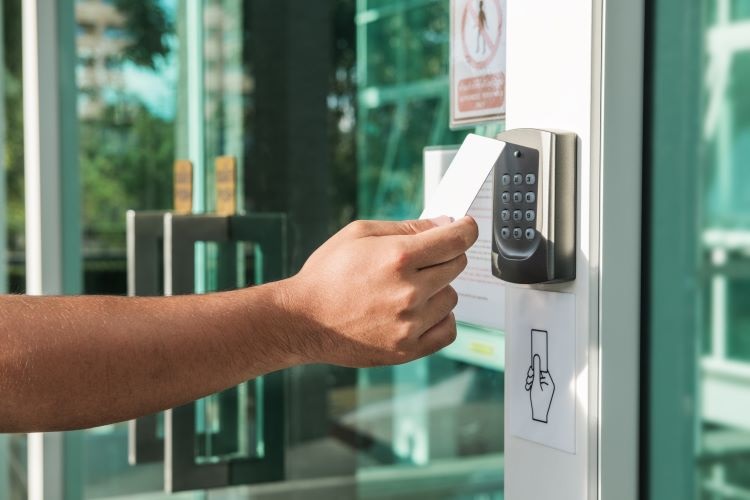
Ensuring top-notch security within your premises requires more than just modern technology; it demands precise deployment. When considering professional security camera installation, it’s crucial to rely on trusted services for optimal outcomes. Vertex Security offer dependable solutions for your needs. Whether it’s ensuring expert security camera installation in Manhattan, NY or providing the best security camera installation in Staten Island, NY, their expertise covers a wide array of locations across New York City.
Moreover, their commitment to delivering professional security camera installation in Brooklyn, NY stands as a testament to their dedication and proficiency in this domain. Their expertise doesn’t end there; they also offer dependable security camera installation in the Bronx, NY. By opting for their services, you’re assured of quality and precision, ensuring your security system functions optimally.
When it comes to safeguarding your property, Vertex Security’s capabilities in expertly handling security camera installations across different areas of New York City make them a go-to choice. From Manhattan to Staten Island, their proficiency in providing tailored security solutions proves invaluable in fortifying your establishment’s safety.
Benefits of Technology in Commercial Security Camera Installation
Improved Surveillance
One of the key benefits of technology in commercial security camera installation is the improvement in surveillance capabilities. Modern cameras are equipped with advanced features such as high-definition resolution, wide-angle lenses, and enhanced low-light performance. These technological advancements allow for clearer and more detailed video footage, making it easier to identify individuals and events. Additionally, technology has contributed to the development of intelligent surveillance systems that can automatically detect suspicious activities and send alerts to security personnel, enhancing the overall effectiveness of surveillance operations.
Increased Deterrence
With the implementation of technology in commercial security camera systems, there is an increased deterrence effect on potential criminals. The presence of visible cameras serves as a deterrent to individuals who may be considering engaging in illegal activities. Furthermore, many modern security camera systems feature advanced monitoring and alert capabilities, allowing for immediate notification of security personnel in case of any suspicious activities. This quick response effectively deters criminals and reduces the likelihood of security incidents.
Enhanced Evidence Gathering
Technology has greatly enhanced the ability to gather and document evidence in commercial security camera installation. High-resolution cameras capture clear and detailed video footage, providing valuable evidence that can be used in investigations and legal proceedings. Moreover, advancements in video analytics software enable intelligent processing of the recorded footage, allowing for easy retrieval and analysis of specific events or incidents. This enhances the effectiveness of law enforcement agencies and helps ensure justice is served.
Cost and Time Efficiency
Technology plays a significant role in improving the cost and time efficiency of commercial security camera installation. Traditional analog camera systems required extensive cabling and infrastructure, resulting in high installation and maintenance costs. However, the adoption of wireless technology in security camera systems has significantly reduced installation costs and simplified the overall process. Additionally, the use of cloud storage eliminates the need for on-site data storage equipment, further reducing costs. The integration of technology also enables remote monitoring, reducing the need for physical presence and saving time for security personnel.
Remote Monitoring and Access Control
One of the most notable benefits of technology in commercial security camera installation is the ability to remotely monitor and control the camera systems. Through the use of mobile applications and internet connectivity, security personnel can access live camera feeds and control camera settings from anywhere at any time. This provides flexibility and convenience, allowing for real-time monitoring and immediate response to security incidents, even when personnel are not physically present on-site. Additionally, remote access control enables the granting or revocation of access permissions, further enhancing security measures.
Types of Technology Used in Commercial Security Camera Installation
Wireless Technology
Wireless technology has revolutionized the field of commercial security camera installation. By eliminating the need for physical cables, wireless cameras offer greater flexibility in camera placement. They can be installed in areas where running cables would be challenging or impractical, such as in historic buildings or hard-to-reach outdoor locations. Wireless technology also simplifies the installation process, reduces costs, and allows for easy scalability of camera systems.
High-Resolution Cameras
High-resolution cameras are crucial in capturing clear and detailed video footage in commercial security camera systems. These cameras offer superior image quality, enabling users to identify individuals and events with greater accuracy. High-resolution cameras are equipped with advanced image sensors and lenses that can capture more pixels per frame, resulting in sharper and more detailed images. This is particularly important in identifying suspects or gathering evidence when incidents occur.
Video Analytics
Video analytics technology has significantly enhanced the capabilities of commercial security camera systems. This technology involves the use of advanced algorithms to analyze video footage in real-time, enabling the detection of specific events or behaviors. Video analytics can automatically detect and alert security personnel to activities such as intrusion, loitering, or object recognition. This not only improves the efficiency of surveillance operations but also reduces the reliance on manual monitoring, enabling security personnel to focus on critical tasks.
Cloud Storage
Cloud storage has revolutionized data storage in commercial security camera installation. Instead of relying on on-site storage equipment, video footage can be securely stored and accessed through cloud-based platforms. Cloud storage offers numerous benefits such as scalability, cost-effectiveness, and remote access. It eliminates the need for physical storage devices, reduces the risk of data loss or theft, and allows for easy retrieval and sharing of footage. Additionally, cloud-based storage provides redundancy and backup options, ensuring the preservation of critical evidence.
Mobile Access and Remote Monitoring
Mobile access and remote monitoring have become essential features in modern commercial security camera systems. Through the use of dedicated mobile applications, security personnel can access live camera feeds, receive notifications, and control camera settings from their smartphones or tablets. This provides the flexibility to monitor multiple camera feeds simultaneously, even when away from the central monitoring station. Mobile access and remote monitoring enable quick response to security incidents, enhance situational awareness, and improve overall operational efficiency.
Integration of Technology in Commercial Security Camera Systems
The integration of technology plays a crucial role in maximizing the effectiveness of commercial security camera systems. By integrating various technologies such as video analytics, access control systems, and alarm systems, security personnel can have a comprehensive view of the security landscape. This integration allows for intelligent monitoring, rapid incident response, and seamless coordination between different security measures. The integration of technology also enables the automation of certain processes, reducing human error and enhancing overall system efficiency.
Considerations for Choosing Technology for Commercial Security Camera Installation
When selecting technology for commercial security camera installation, there are several important considerations to keep in mind:
- Security Needs: Assess the specific security needs of the facility, taking into account factors such as location, size, and potential risks.
- Scalability: Consider the scalability of the technology to accommodate future expansion or changes in security requirements.
- Compatibility: Ensure that the chosen technology is compatible with existing infrastructure and systems, to avoid compatibility issues and potential integration challenges.
- Reliability: Choose technology that is reliable and robust, able to operate consistently under various conditions and environments.
- Budget: Consider the budget allocated for the security camera installation and choose technology that provides the best value for money.
Trends in Technology for Commercial Security Camera Installation
The field of commercial security camera installation is constantly evolving, with new technologies emerging to meet the changing security needs of businesses. Some of the current trends in technology for commercial security camera installation include:
- Artificial Intelligence: The use of artificial intelligence (AI) enables advanced video analytics and intelligent monitoring capabilities, allowing for more accurate and efficient security operations.
- Edge Computing: Edge computing involves processing and analyzing data at the edge of the network, closer to the source of data generation. This reduces latency, enhances real-time decision-making, and improves overall system performance.
- Internet of Things (IoT): The integration of security cameras with IoT devices allows for greater connectivity and automation. IoT-enabled cameras can communicate with other devices, such as access control systems or alarm systems, enabling proactive security measures.
- Cloud-based Solutions: Cloud-based solutions continue to gain popularity, providing scalability, cost-effectiveness, and remote access capabilities. Cloud storage and cloud-based analytics allow for easy data management and enhanced collaboration.
Challenges and Risks Associated with Technology in Commercial Security Camera Installation
Cybersecurity Vulnerabilities
As technology becomes more integrated into commercial security camera systems, there is an increased risk of cybersecurity vulnerabilities. Hackers may attempt to gain unauthorized access to the camera systems, potentially compromising sensitive data or using the cameras for malicious purposes. It is essential to implement robust cybersecurity measures, such as encryption, authentication protocols, and regular software updates, to mitigate these risks.
Technical Malfunctions
Technical malfunctions and equipment failures can occur in commercial security camera systems, potentially resulting in downtime and compromised security. Regular maintenance and monitoring are necessary to identify and address any technical issues promptly. Backup systems and redundancy measures should also be in place to ensure continuous surveillance operations.
Invasion of Privacy
The use of security cameras in commercial settings raises concerns about privacy invasion. It is crucial to adhere to legal and ethical guidelines when deploying security camera systems, ensuring that they are used for their intended purpose without infringing on individuals’ privacy rights. Transparent communication and clear signage regarding the presence of security cameras can help address privacy concerns.
Data Breaches
Data breaches pose a significant risk in commercial security camera installation. If unauthorized individuals gain access to the recorded footage or cloud storage systems, sensitive information may be compromised. Implementing strong data protection measures, such as encryption, access controls, and regular security audits, is essential to prevent data breaches and safeguard sensitive information.
Legal and Regulatory Compliance
There are legal and regulatory frameworks in place regarding the use of security cameras in commercial settings. It is important to ensure compliance with applicable laws and regulations, such as obtaining necessary permissions, following data protection guidelines, and respecting individuals’ privacy rights. Failure to comply with legal requirements can result in legal consequences and reputational damage.
Future of Technology in Commercial Security Camera Installation
The future of technology in commercial security camera installation holds great potential for further advancements. Some key areas of development include:
- Artificial Intelligence and Machine Learning: AI and machine learning algorithms will continue to improve video analytics capabilities, enabling more accurate and efficient surveillance.
- Facial Recognition Technology: Facial recognition technology is expected to become more widespread, allowing for real-time identification and tracking of individuals.
- Biometric Authentication: Integration of biometric authentication, such as fingerprint or iris recognition, with security camera systems will enhance access control measures and ensure secure identification.
- IoT Integration: The integration of security cameras with IoT devices will enable enhanced automation and proactive security measures, improving overall security effectiveness.




